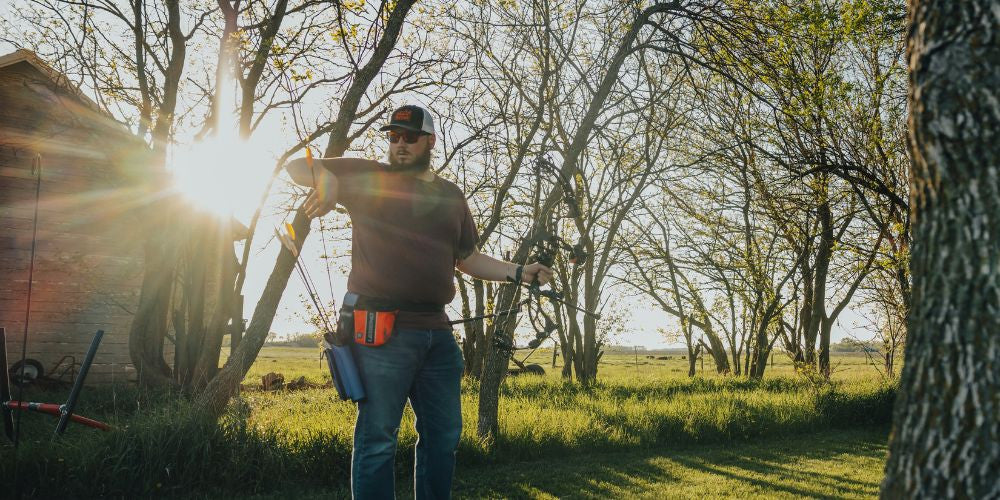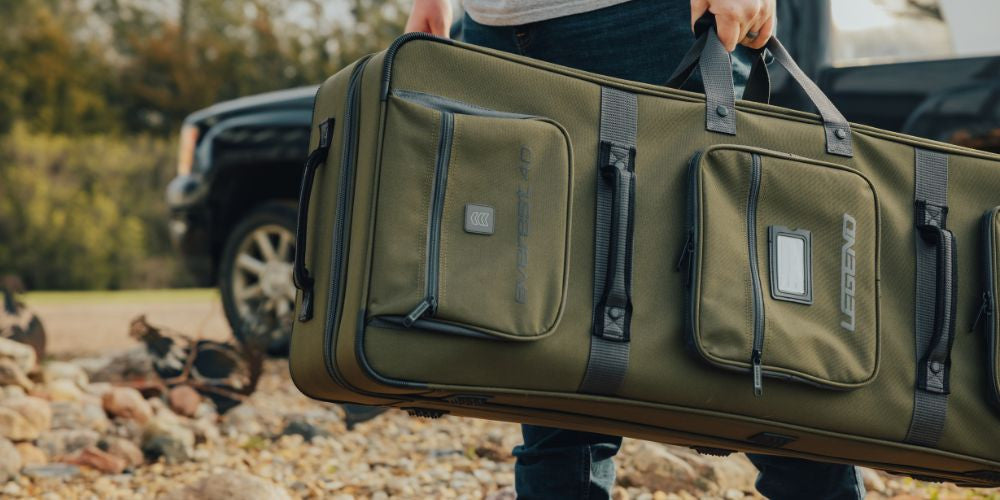What is Bowfishing?
Bowfishing is an exciting sport that combines archery and fishing, allowing you to hunt fish using a specially equipped bow. Unlike traditional fishing, bowfishing requires quick reflexes and precision aiming, making it a thrilling experience for beginners and seasoned archers alike.
Unlike catch-and-release fishing, bowfishing typically targets invasive or rough fish species that can disrupt ecosystems. This makes the sport both enjoyable and beneficial for environmental conservation.
Essential Bowfishing Gear
Having the right gear is crucial to a successful bowfishing trip. Here are the essentials:
- Bow: A recurve or compound bow designed for bowfishing. Many prefer compound bows due to their accuracy and power. A protective case can help keep your bow safe during transport.
- Arrows: Heavy-duty fiberglass arrows with barbed tips to secure fish.
- Reel: A bow-mounted reel to retrieve arrows and fish. There are three types of reels: drum reels, bottle reels, and spincast reels.
- Gloves and Wrist Sling: Protects your hands and improves control. A durable wrist sling can enhance stability while shooting.
- Polarized Sunglasses: Helps reduce glare on the water’s surface, making it easier to spot fish.
- Lighting Equipment: If bowfishing at night, LED lights mounted on a boat can significantly improve visibility.
Bowfishing Techniques for Beginners
Aiming and Shooting
Since light bends in water, aiming directly at a fish will likely cause you to miss. Instead, aim lower than where you see the fish to compensate for refraction. A common rule is to aim about 10 inches lower for every foot of water depth.
Best Time to Bowfish
Bowfishing is most effective at night when fish are more active in shallow waters. Many enthusiasts use boats equipped with bright lights to spot fish easily. However, bowfishing can also be done during the day in clear, shallow waters.
Best Locations for Bowfishing
Rivers, lakes, and coastal marshes are ideal spots for bowfishing. Look for areas with slow-moving or stagnant waters where fish tend to gather.
Staying in Shape
Bowfishing can be physically demanding, requiring endurance and upper-body strength. Regular exercise, including strength training and cardio, can improve your performance. Here are some fitness tips to help you stay in top shape for bowfishing.
Top Bowfishing Species in the US
Several invasive and rough fish species are popular targets for bowfishers. Here are the most common ones:
- Carp: One of the most abundant and challenging species to catch. Common carp and grass carp are frequent targets.
- Gar: Known for their long snouts and tough scales, gar provide an exciting challenge.
- Tilapia: Found in warmer regions, tilapia are an excellent target for bowfishing beginners.
- Catfish: Often found in rivers and lakes, catfish are a rewarding catch. However, not all states allow catfish bowfishing, so check local regulations.
- Buffalo Fish: These large fish resemble carp and can put up a tough fight.
- Snakehead: An invasive species that is aggressive and fast-moving, making them a fun challenge.
Bowfishing Safety and Regulations
Before heading out, familiarize yourself with local bowfishing laws. Some states have restrictions on the types of fish you can target and require specific permits. Always check with your state’s fish and wildlife department for updated regulations.
Additionally, practice safety measures, such as wearing a life vest when bowfishing from a boat and ensuring arrows are properly secured to prevent accidental releases.
Final Thoughts
Bowfishing is a fantastic way to combine archery skills with outdoor adventure. With the right gear and techniques, beginners can quickly get the hang of this exciting sport. Whether you're targeting carp in a local river or heading out for a night of gar fishing, bowfishing offers a thrilling experience for all skill levels.
Ready to start? Gather your gear, practice your aim, and hit the waters for an unforgettable bowfishing adventure!
 cust@legendarchery.com
cust@legendarchery.com 302 503 5767
302 503 5767 Sauk Village IL 60411
Sauk Village IL 60411


